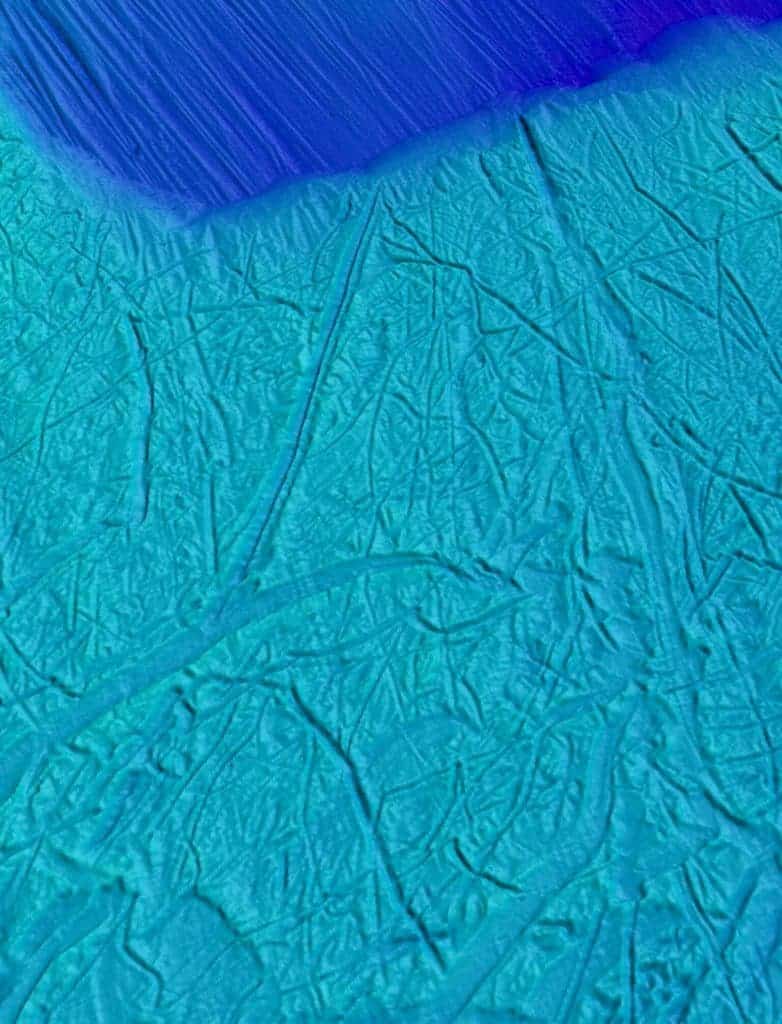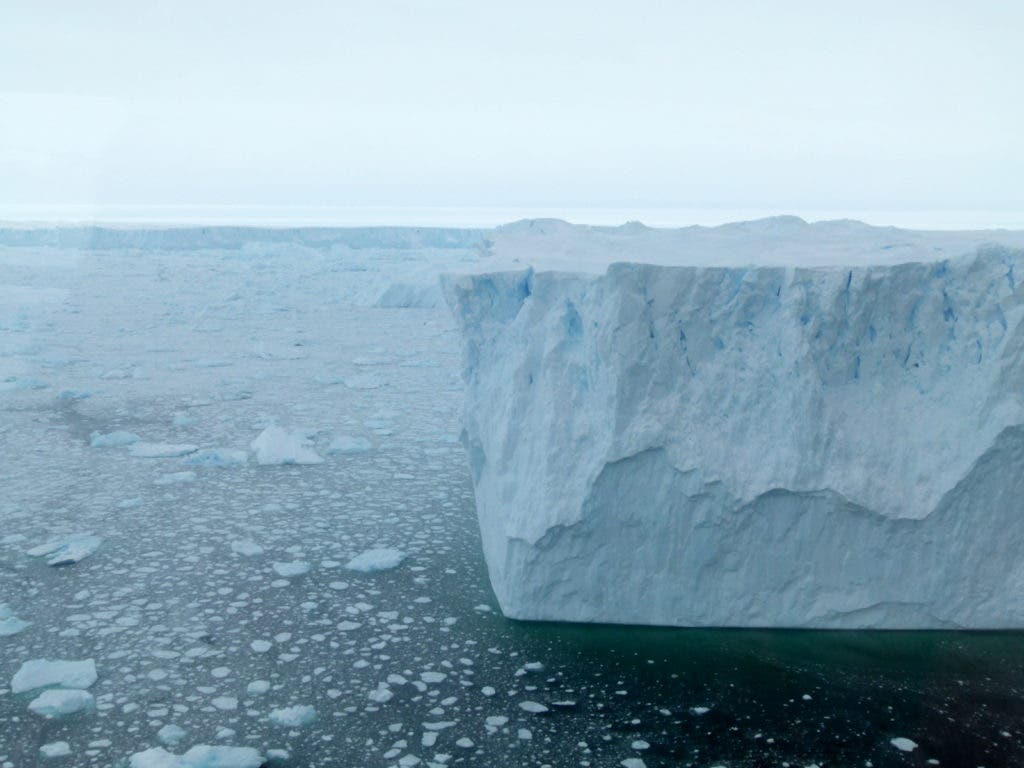The Antarctic seafloor shows evidence of how icebergs calved from glaciers and migrated thousands of years ago. A similar process might be happening today.

Scars left behind by glaciers in Pine Island Bay showcase Antarctica’s glacial retreat. Credit: Martin Jakobsson
The last glacial period, popularly known as the Ice Age, ended some 11,700 years ago. We call that the Holocene glacial retreat, because during the period, glaciers started to retreat in many parts of the world. This retreat altered landscapes in many ways, including “scarring” the land. Many landscapes, especially in mountainous areas across the world, exhibit glacial features — they were created or greatly influenced by retreating glaciers. A similar process happened in Antarctica, except that’s harder to see because the “scars” are underwater.
Think of them as plough lines. Just like the plough digs deep into the soil, the icebergs dug deep into the ground as they retreated. Analyzing them like a detective analyzes tire tracks, researchers can tell how these glaciers moved around.
Researchers from the University of Cambridge, the British Antarctic Survey and Stockholm University imaged these seafloor features around Pine Island Bay. Pine Island Glacier is a large ice stream, the fastest melting glacier in Antarctica, responsible for about 25% of Antarctica’s ice loss. They found that as the seas warmed and ice melted at the end of the ice age, Pine Island Glacier retreated to a point where its grounding line (the point where it enters the ocean and starts to float) was perched at the end of a slope.
This position was highly unstable, facilitating the release of thousands of icebergs into Pine Island Bay, and causing the glacier to retreat rapidly until the grounding line stabilized. This process is called marine ice-cliff instability, and it’s associated with ice calving and the break-off of numerous icebergs.
Current data shows that a similar process is taking place today, with potentially worrying consequences.
“Today, the Pine Island and Thwaites glaciers are grounded in a very precarious position, and major retreat may already be happening, caused primarily by warm waters melting from below the ice shelves that jut out from each glacier into the sea,” said Matthew Wise of Cambridge’s Scott Polar Research Institute, and the study’s first author.
“If we remove these buttressing ice shelves, unstable ice thicknesses would cause the grounded West Antarctic Ice Sheet to retreat rapidly again in the future. Since there are no potential restabilising points further upstream to stop any retreat from extending deep into the West Antarctic hinterland, this could cause sea-levels to rise faster than previously projected.”
If the ice does reach a similar point of instability, melting and calving will dramatically increase until a new balance is achieved.
Journal Reference: Matthew G. Wise et al —Evidence of marine ice-cliff instability in Pine Island Bay from iceberg-keel ploughmarks. DOI: 10.1038/nature24458










